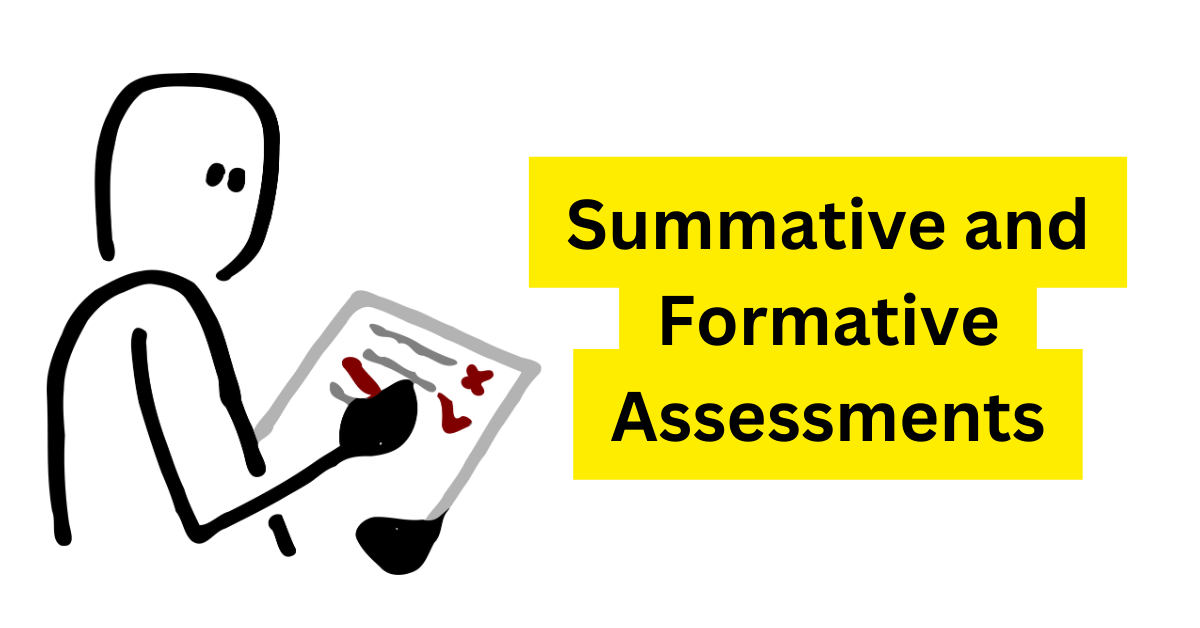How Summative and Formative Assessments Shape Learning: A Comprehensive Guide
Assessment plays a crucial role in the education system, allowing teachers to measure students’ progress and understanding. Two common types of assessments used in schools are summative assessment and formative assessment. While both serve the purpose of evaluating students’ learning, they differ in their timing, purpose, and approach.
Summative Assessment
Summative assessment is typically conducted at the end of a learning unit or course to evaluate students’ overall understanding and knowledge. It focuses on measuring the final outcomes and achievements. Examples of summative assessments include final exams, standardized tests, and end-of-year projects.
The primary purpose of summative assessment is to assign grades or scores to students, providing a summary of their performance. It is often used to determine whether students have met the learning objectives and to assess their readiness for the next level of education or career.
Summative assessments are usually formal and structured, with specific criteria and rubrics for evaluation. They are often conducted under controlled conditions to ensure fairness and consistency.
Formative Assessment
Formative assessment, on the other hand, is an ongoing process that takes place during the learning process. It focuses on providing feedback and guidance to students to improve their understanding and performance. Examples of formative assessments include quizzes, class discussions, and homework assignments.
The main purpose of formative assessment is to monitor students’ progress and identify areas where they may need additional support or instruction. It allows teachers to adjust their teaching strategies and provide targeted interventions to help students succeed.
Formative assessments are often informal and flexible, allowing for immediate feedback and opportunities for reflection and revision. They are designed to be a part of the learning process rather than a final judgment of students’ abilities.
Key Differences
Summative assessment and formative assessment differ in several key aspects:
- Timing: Summative assessment is typically conducted at the end of a learning unit or course, while formative assessment takes place during the learning process.
- Purpose: Summative assessment focuses on evaluating students’ overall understanding and assigning grades, while formative assessment aims to provide feedback and support for improvement.
- Approach: Summative assessment is often formal and structured, with specific criteria for evaluation, while formative assessment is more informal and flexible, allowing for immediate feedback and revision.
Importance of Both Assessments
Both summative assessment and formative assessment are essential in the education system:
- Summative assessment provides a comprehensive evaluation of students’ learning and helps determine their readiness for the next level of education or career.
- Formative assessment allows teachers to monitor students’ progress, provide timely feedback, and make necessary adjustments to their teaching strategies.
- Together, these assessments provide a holistic view of students’ abilities and help ensure effective teaching and learning.
Conclusion
Summative assessment and formative assessment serve different purposes in the education system. While summative assessment evaluates students’ overall understanding and assigns grades, formative assessment focuses on providing feedback and support for improvement. Both assessments are essential for effective teaching and learning, helping students succeed and reach their full potential.
